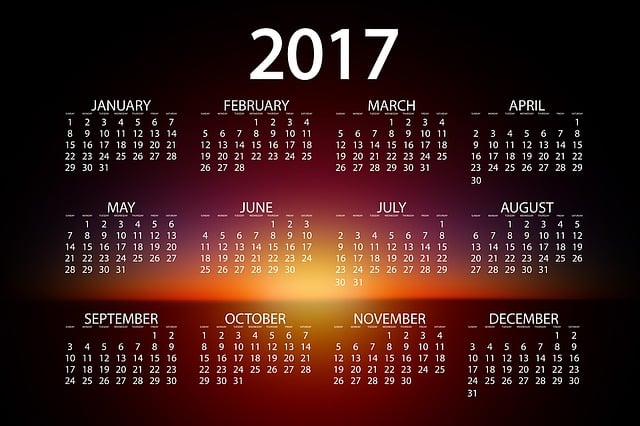Implementing Instructional Schema Markup (HowTo Schema) optimizes web content for step-by-step instructions, enhancing search engine visibility and user experience. It includes defining "HowTo" type with steps, ingredients, images, and context, making content more discoverable in rich snippets. Focus on tutorials, guides, recipes, and DIY projects for improved SEO performance, especially in competitive queries.
“Unleash the power of structured data for your instructional content! Discover how Instructional Schema Markup, based on the HowTo schema, can revolutionize search results with step-by-step guides enhanced by images and context. This comprehensive guide navigates the basics, from identifying suitable content types to implementing tags and incorporating visual aids with descriptive alt text. Learn strategies to add depth with instructional context, ensuring your rich snippets stand out. Optimize for better visibility and engagement in today’s digital landscape.”
- Understand HowTo Schema Markup Basics
- Identify Step-by-Step Content Types
- Implement Schema Tags for Each Step
- Incorporate Visual Elements with Alt Text
- Add Instructional Context to Rich Snippets
- Optimize for Enhanced Search Display
Understand HowTo Schema Markup Basics

Understanding the fundamentals of Instructional Schema Markup (or HowTo Schema Markup) is key to optimizing content for search engines and enhancing user experience. This markup language allows web developers and content creators to structure step-by-step instructions, making them more accessible and visually appealing in search results. By using specific tags and attributes, you can provide search engines with a clear understanding of the content’s purpose and context.
When implementing Tutorial Schema Markup (a subset of HowTo SEO Tagging), it’s essential to follow structured data guidelines. This involves defining the “HowTo” type with relevant properties such as steps, ingredients (for recipes), or tools required. Each step should be marked up individually, ensuring a sequential flow that search engines can easily parse. Additionally, including images and descriptive text within the schema will contribute to what is known as a Rich Result for HowTo queries, making your content stand out in competitive search landscapes.
Identify Step-by-Step Content Types

When identifying step-by-step content for instructional schema markup, it’s crucial to focus on materials that provide clear, sequential guidance toward a specific goal. This includes tutorials, how-to guides, recipes, DIY projects, and any other content where each stage builds upon the last. Such content is best presented in a structured format, with distinct steps that can be easily broken down for both human readers and search engines to comprehend.
Specific content types that lend themselves well to this schema markup include recipe cards detailing cooking instructions, gardening guides with visual aids at each step, or complex DIY projects that require careful navigation. By implementing the HowTo schema effectively, creators can enhance the visibility of their content in search results, providing users with a rich result that includes not just textual descriptions but also relevant images and contextual clues, thereby improving user experience and driving more engaged traffic.
Implement Schema Tags for Each Step

Implementing Schema Tags for each step is a crucial aspect of enhancing your content’s visibility in search results. By using Instructional Schema Markup, like HowTo JSON-LD or Tutorial Schema Markup, you can provide search engines with structured data that accurately represents your step-by-step instructions and associated visuals. This allows for richer snippets to be displayed, including images, which significantly improves user engagement.
Each step should have its own set of Schema tags, detailing the action, required tools, and any relevant tips or warnings. For instance, in a cooking tutorial, each step could include the `HowTo` schema with details like “Ingredient A: 2 cups”, “Method: Mix thoroughly”, and “Tip: Use a whisk for best results”. This structured approach ensures search engines can index your content accurately, making it more discoverable for users seeking specific instructions or learning new skills.
Incorporate Visual Elements with Alt Text

Incorporating visual elements is a powerful strategy to enhance the user experience and improve accessibility when marking up step-by-step content using Instructional Schema Markup. Each image should be accompanied by descriptive alt text that conveys its context and purpose. This text serves as a bridge for users who have visual impairments, ensuring they can still understand and follow the tutorial. By providing clear and concise alt text, you also improve accessibility for screen readers and enable search engines to better index your content.
The HowTo JSON-LD schema allows you to include these rich visual elements in search results, creating a more engaging snippet with direct access to each step’s image. This not only attracts users but also increases the likelihood of click-throughs. When implementing Tutorial Schema Markup, remember that proper alt text is an essential component, ensuring your content is inclusive and visually appealing.
Add Instructional Context to Rich Snippets

Adding Instructional Context to Rich Snippets enhances the user experience by providing a clearer picture of what the content offers before they even click through. Utilizing the HowTo schema markup, developers can inject structured data into their web pages that highlights the step-by-step nature of the content and its visual elements, such as images. This rich snippet displays not just the topic but also the specific actions required, making it easier for search engines to comprehend and present relevant, detailed results.
By implementing HowTo JSON-LD, developers can ensure their site’s search engine optimization (SEO) is enhanced, especially when competing with other content on a given query. This schema for guides allows for better visibility of instructional content, enabling search engines to recognize and prioritize it accordingly. The strategic use of HowTo SEO tagging also ensures that the context and details associated with each step are accurately conveyed, thereby increasing the likelihood of attracting the right audience.
Optimize for Enhanced Search Display

Optimizing content for enhanced search display means leveraging structured data and schema markup to provide search engines with a clear understanding of your step-by-step instructions, complete with images and contextual cues. By implementing Instructional Schema Markup, you can ensure that your content is not only crawled effectively but also presented attractively in search results. This strategy enhances user experience by offering visually appealing, direct answers to queries, increasing the likelihood of clicks and reduced bounce rates.
Using a Schema for Guides or Tutorial Schema Markup, including HowTo SEO Tagging, allows search engines to identify and categorize your content as educational resources. This structured data enriches search result snippets, often displaying excerpts, step-by-step visuals, and even direct links to relevant images within the results page. Through strategic markup, you can make your tutorials or guides stand out in a crowded digital landscape, drawing in users who are actively seeking solutions, thereby boosting your website’s visibility and engagement.
